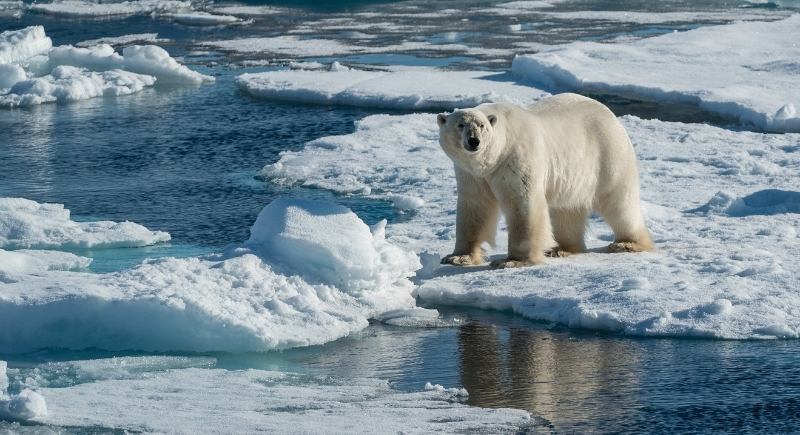Meet Albert, the Fattest Polar Bear on the Planet
Polar bears are built big, but one in Alaska has taken that reputation to new heights. In the small town of Kaktovik, locals know him as Fat Albert, a bear who has captured attention simply because of his enormous size.
At nearly 680 kilograms (1,500 pounds), Albert dwarfs the average polar bear, which weighs closer to 450 kilograms (990 pounds). His oversized frame makes him stand out even in a place where bears are a daily sight. Though not the heaviest ever recorded, Albert’s story has reached far beyond the Arctic.
A Polar Bear Like No Other
Albert was introduced to the world when photographer Edward Boudreau captured striking images of the oversized bear a few years ago. Those photos quickly spread, and soon “Fat Albert” became a familiar name far beyond Kaktovik. Travelers started showing up with hopes of spotting him, curious to see the heavyweight polar bear they’d read about.
He still isn’t the largest polar bear ever recorded—that honor belongs to a massive 1,000-kilogram giant taken in Alaska in 1960—but Albert stands out for another reason. In today’s Arctic, where thinning ice and dwindling food leave many bears gaunt, his sheer size feels almost unreal.
How Albert Got So Big
The secret behind Albert’s size comes down to food, and plenty of it. The villagers of Kaktovik have a long-standing tradition of leaving leftover whale meat and blubber outside of town after their whale harvests. The meat is placed about four miles away, which gives the bears a dependable source of nutrition while keeping them from wandering too close to homes.
For Albert, this setup has been like an all-you-can-eat buffet. Year after year, he has been able to feast on whale leftovers without the struggle of hunting seals in the wild. It’s no surprise he has packed on far more pounds than the average bear. His size may look extreme, but in the harsh Arctic environment, extra fat is a survival advantage.
Fat Albert and Climate Change

Image via Getty Images/elmvilla
Polar bears usually rely on sea ice to hunt seals, which are their primary food source. However, since Arctic ice forms later and melts earlier due to climate change, polar bears are forced to find other food sources.
For Albert and his neighbors, this means relying more heavily on the whale blubber provided by the people of Kaktovik. While this arrangement has helped Albert thrive, it also highlights the challenges polar bears face as their natural hunting grounds shrink. Albert’s size may be impressive, but it’s also a reminder of how much the environment is changing in the far north.